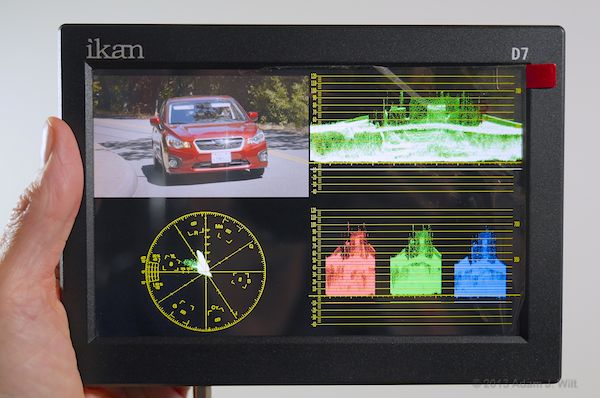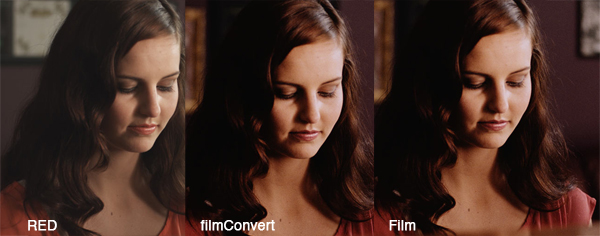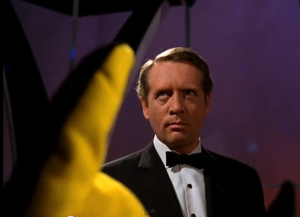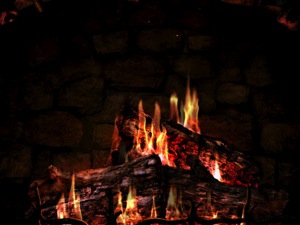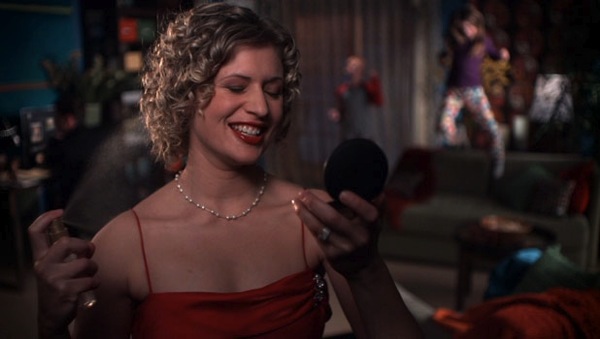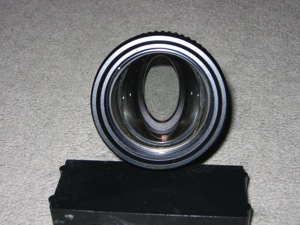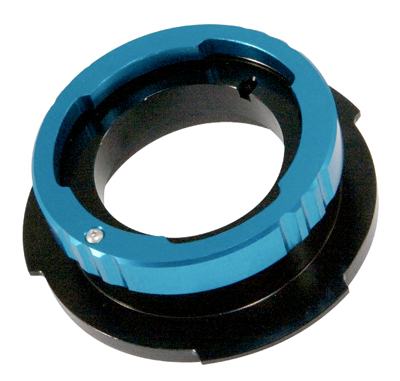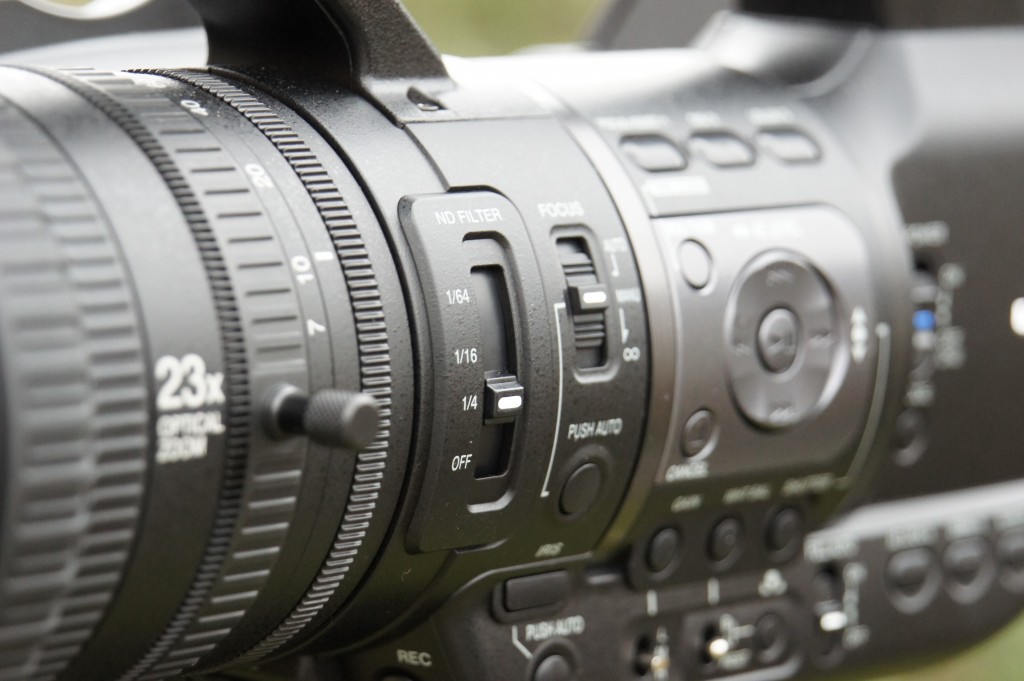
Review: JVC GY-HM650, the Camcorder for News and Journalism?
The HM650 really is a very clever camera, packed full of features that make it a great choice for news shooters. It has multiple codec and recording options, great for when you need to pool or share media. It has WiFi and 3G/4G connectivity via a USB host port where you can add wireless dongle. Brilliant for uploading material via ftp or (via a future firmware update) streaming your footage live. It has a 23x zoom lens, so it offers both a wide angle field of view for press conferences, color shots and GV’s as well as a long telephoto range for capturing those distant stories behind the police lines or security barriers.

